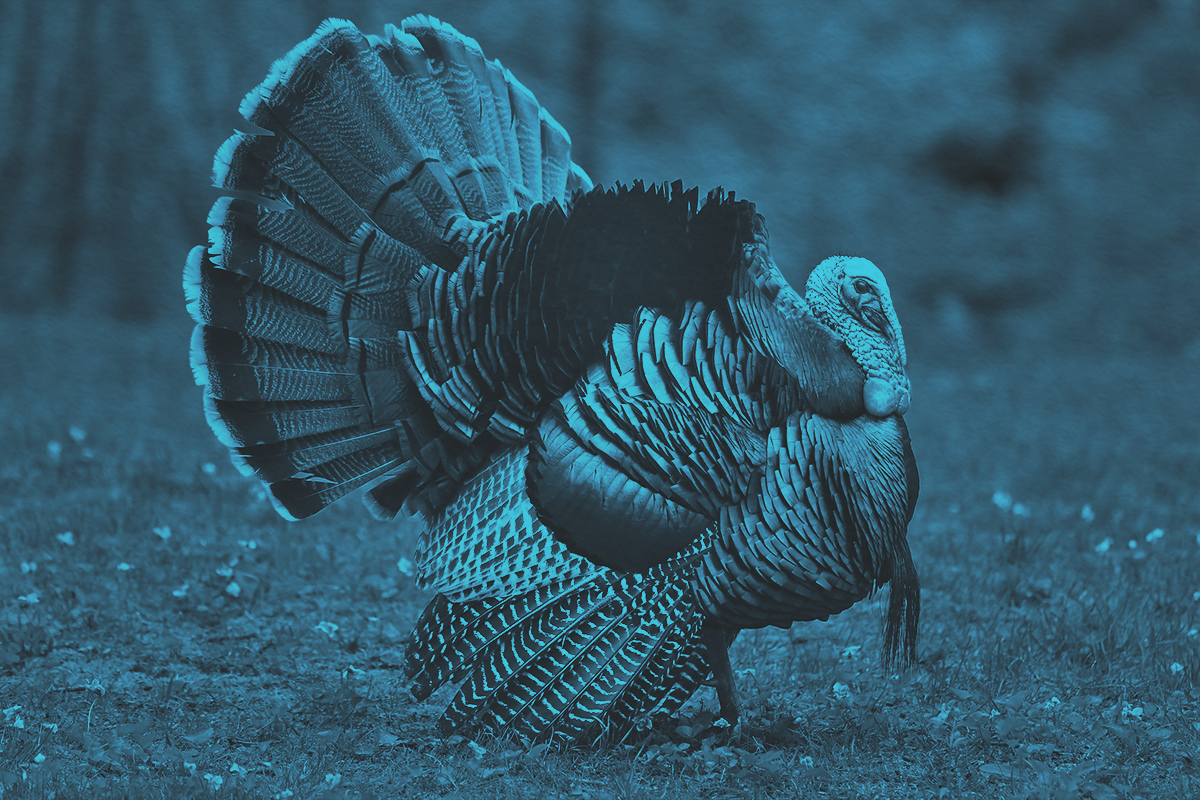
In English, we have myriad ways to express abundance. We can talk about a bounty, a multitude, or a profusion, or describe something as opulent, plentiful, or lavish. “Cornucopia” fits as a synonym for “abundance” with its definition of “something that produces an overflowing and inexhaustible supply, especially of desirable things.” And around Thanksgiving time, we often see depictions of a horn overflowing with food — this is also called a cornucopia.
“Cornucopia” is derived from the Latin phrase cornū cōpiae, which translates to “horn of plenty.” Though it’s a Latin phrase, it has roots in Greek mythology. Amalthaea was a nymph who fed Zeus goat’s milk to raise him into the powerful Greek god he became. The goat that provided the milk broke off one of its horns, and Amalthaea filled it with flowers and fruit and presented it to Zeus. This horn became known as the horn of plenty.
The Greek myth that served as the root of “cornucopia” inspired its original definition: “a curved goat’s horn from the mouth of which fruit and ears of grain overflow, used as a decorative motif in art, architecture, and design.” The horn shape references the abundance conferred by Amalthaea. The meaning of “an abundant supply” has been in use since the 16th century.
We use the term “cornucopia” in its second, figurative sense, whether or not the abundance is in a goat’s horn. When someone says there’s a cornucopia of options on the Thanksgiving table, they mean there’s plenty to share. And when we think about the cornucopia on our family’s table, we can reflect on the care Amalthaea offered through the original mythical cornucopia. The holidays are a time of celebrating the abundance we can find throughout our lives.





















